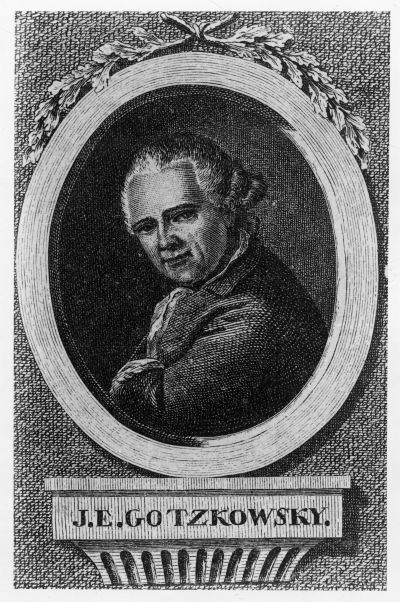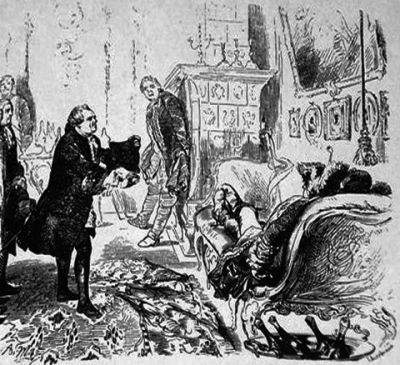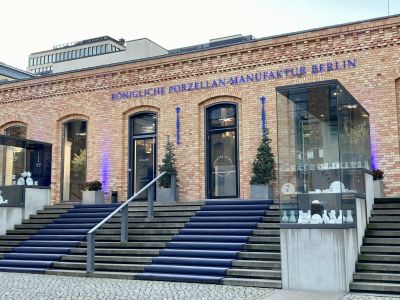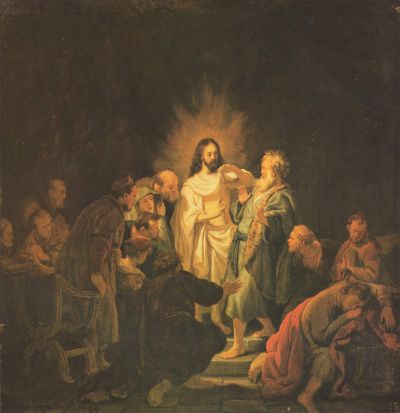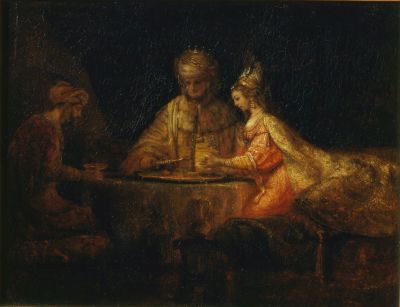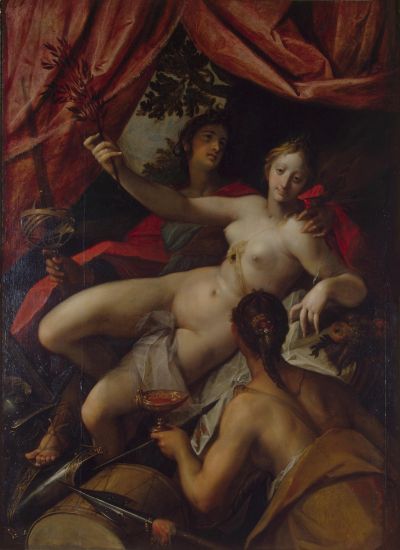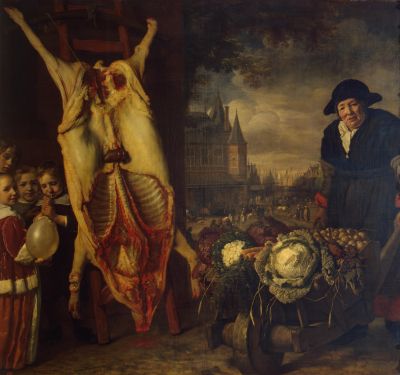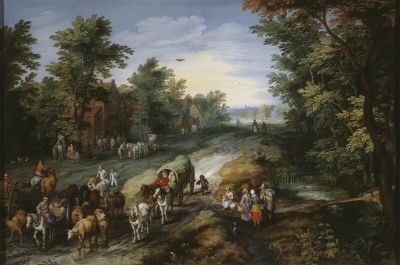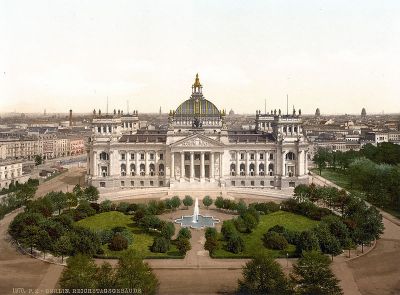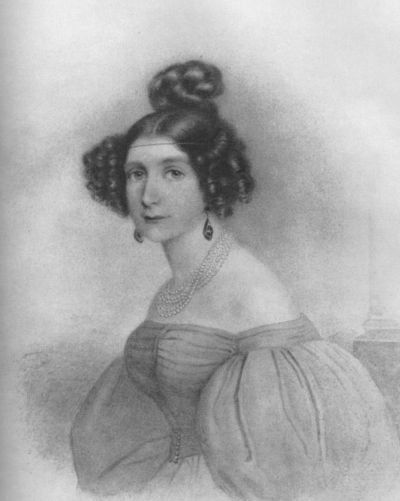Johann Ernst Gotzkowsky (1710-1775)

In 1744, Gotzkowsky was awarded citizenship of the city, which gave him the right to marry. Barely a year later, he married Anna Luise Blume, a daughter of the rich merchant and court supplier Christian Friedrich Blume, who, at the suggestion of his son-in-law, expanded his manufacture to include the production of velvet and silk; two materials which were much sought after at the time, even by the king himself. The early death of his father-in-law in 1746 saw Johann Ernst Gotzkowsky inherit his entire fortune, which helped him rise up to become one of the largest producers of silk. Thanks to his acquaintance with the king, who afforded him operating loans, including for the acquisition of state-of-the-art looms, Gotzkowsky was able to increase production considerably. In 1754, he employed 1,500 people, which at the time was an extremely large workforce and made him the most important representative of his industry in Berlin.[3]
Johann Ernst Gotzkowsky’s wealth grew in tandem with the growth of his company. This allowed the entrepreneur to expand his collection of works by renowned artists. And because the king also appreciated his expertise and extensive contact to artists, in 1755 Frederick the Great commissioned Gotzkowsky to acquire paintings, including Rubens, van Dyck and Tintoretto, for the new gallery in Sanssouci Palace in Potsdam. However, when the Seven Year War broke out in 1756, the king only bought part of the ordered artworks from Gotzkowsky because the budget set aside for them was being channelled into Prussia’s war coffers. At this time, Gotzkowsky’s collection included over 700 works by the most famous European painters.[4]
The entrepreneur also invested his money in real estate with the same enthusiasm he had for art. He owned houses in the most prestigious locations in Berlin, including in the vicinity of Schlossplatz and Potsdamer Platz. At one time, Gotzkowsky had a palais at Leipziger Straße 3 (which was torn down in 1899), on the site of which the new Preußisches Herrenhaus was built at the beginning of the 20th century, which is today the seat of the Bundesrat, the second chamber of the German Parliament.
In the late 1750s and early 1760s, Gotzkowsky was without doubt one of the richest citizens in Berlin. In 1761, his enormous financial resources led Johann Ernst Gotzkowsky, presumably coaxed by the king, to found a porcelain manufacturing facility to make the “white gold” that was so valued at the time. The industry was not entirely unknown to the merchant because, in 1741 shortly after Frederick II came to the throne, he and his brother had already travelled to Meißen to entrust the porcelain factory there with the production of a magnificent table service for the Royal Court, although the identity of the actual customer was kept top secret. The ruler of Prussia wanted to remain anonymous. His rival in the first Silesian War (1740-1742), Frederick August II, Elector of Saxony from the House of Wettin, was not supposed to find out for whom the noble crockery was intended. For this reason, the Gotzkowsky brothers were sent ahead to Meißen. The pattern, which was apparently designed for them, was given the name “Gotzkowsky erhabene Blumen” and is still included in the product portfolio today. In 2015, the dinner service was reissued in the “Limited Masterworks” edition.
[3] Gotzkowsky, Johann Ernst, in: The History of Berlin. Association for the History of Berlin e.V., founded in 1865, URL: https://www.diegeschichteberlins.de/geschichteberlins/persoenlichkeiten/persoenlichkeiteag/459-gotzkowsky.html (last accessed on 12/1/2022)
[4] Luh, Jürgen: Nina Simone Schepkowski: Johann Ernst Gotzkowsky, in: sehepunkte. Rezensionsjournal für die Geschichtswissenschaften, Issue 11, 2011, No. 1, URL: http://www.sehepunkte.de/2011/01/17262.html (last accessed on 12/1/2022)
